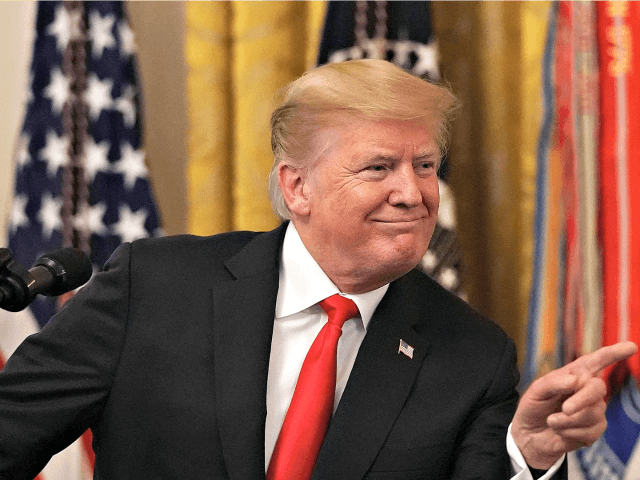Tehran (AFP) – Iran signalled Sunday it favours “de-escalation” after 10 days of heightened tensions with the United States that saw both sides fire missiles and led Tehran to accidentally shoot down a passenger aircraft.
Security was stepped up in Iran’s capital after a vigil the previous night for those killed in the air disaster turned into an angry protest and police temporarily arrested the British ambassador for being there.
US President Donald Trump meanwhile warned Iran against harming demonstrators and against a repeat of a deadly crackdown against rallies in November sparked by a fuel price hike.
“To the leaders of Iran – DO NOT KILL YOUR PROTESTERS,” Trump tweeted in his occasional all-capitals style.
US Defence Secretary Mark Esper however said Trump was still willing to “sit down and discuss without precondition a new way forward” with Iran, but Tehran has steadfastly refused to hold talks with Washington unless it lifts sanctions first.
Tehran said it was interested in easing tensions in the region amid a standoff with arch-enemy Washington, which on January 3 killed a revered Iranian general, Quds Force chief Qasem Soleimani, in a Baghdad drone strike.
– ‘A critical time’ –
In a meeting between Iran’s President Hassan Rouhani and the emir of Qatar, both sides agreed de-escalation is the “only solution” to the regional crisis, the emirate’s ruler said afterwards.
Qatar hosts the largest US military base in the region but also enjoys strong ties with Iran, with which it shares the world’s largest gas field.
“This visit comes at a critical time in the region,” Emir Sheikh Tamim bin Hamad Al-Thani said on what was believed to be his first official visit to the Islamic republic.
“We agreed… that the only solution to these crises is de-escalation from everyone and dialogue.”
For his part, Rouhani said: “Given the importance of security of the region… we’ve decided to have more consultations and cooperation for the security of the entire region.”
Also on Sunday, Hossein Salami, commander of Iran’s Revolutionary Guards, said that missiles it fired early on Wednesday on Iraqi bases housing US troops did not represent an attempt to kill American personnel.
“Our aim was not really to kill enemy soldiers. That was not important,” he told parliament.
The current crisis claimed a tragic toll when Iran — on hair-triggered alert just after attacking the Iraqi bases — last Wednesday accidentally shot down the Ukraine International Airlines plane, killing all 176 people aboard.
After days of denial from Iran, Rouhani on Saturday admitted to “human error” in bringing down the Boeing 737, and the Guards’ aerospace commander General Amirali Hajizadeh accepted full responsibility.
On Saturday evening, a memorial at Tehran’s Amir Kabir University in honour of those killed turned into a demonstration that, AFP correspondents said, was attended by hundreds of students.
They shouted “death to liars” and demanded the resignation and prosecution of those responsible, Fars news agency reported, saying that police “dispersed” them.
Around the same time, Iranian police temporarily arrested the British ambassador, Rob Macaire, who had attended the vigil, sparking a fresh diplomatic crisis.
Macaire tweeted Sunday that “I wasn’t taking part in any demonstrations! Went to an event advertised as a vigil for victims of #PS752 tragedy”.
“Normal to want to pay respects — some of victims were British. I left after 5 mins, when some started chanting,” he said.
– ‘Death to Britain’ –
Fars news agency said Macaire was summoned on Sunday to Iran’s foreign ministry for his “presence in illegal gatherings”.
“The Islamic Republic of Iran’s official protest was conveyed to him and to the British government,” it said, citing the ministry.
Later on Sunday up to 200 protesters rallied outside the British diplomatic mission, chanting “Death to Britain” and burning a Union Jack.
Elsewhere in Tehran, tensions appeared to be mounting again, with a heavy police presence notably around the iconic Azadi Square south of the centre.
Riot police armed with water cannon and batons were seen at Amir Kabir, Sharif and Tehran universities as well as Enqelab Square.
Around 50 Basij militiamen brandishing paintball guns, potentially to mark protesters to authorities, were also seen near Amir Kabir.
The destruction of the airliner has sparked deep shame in Iran, and several newspapers called for resignations and sackings over the handling of the air disaster.

COMMENTS
Please let us know if you're having issues with commenting.